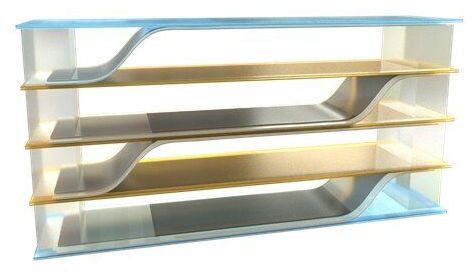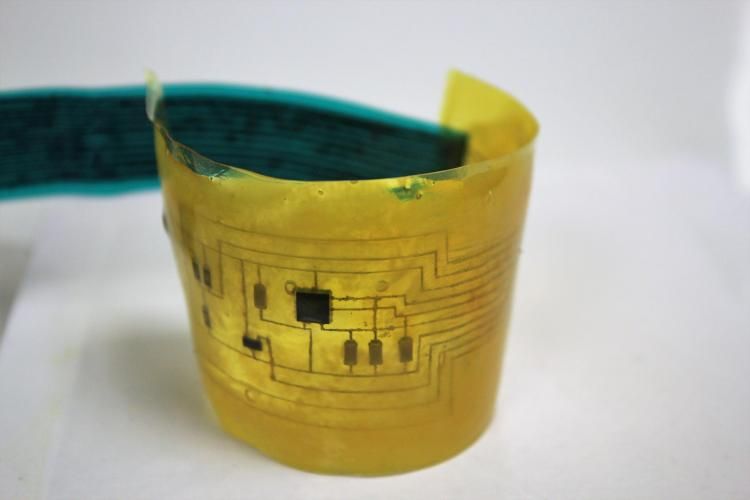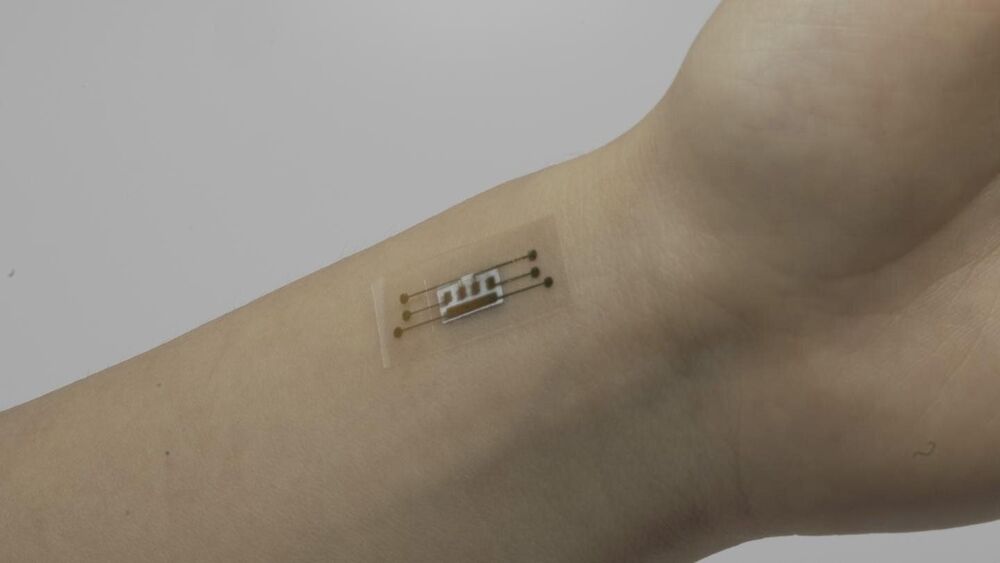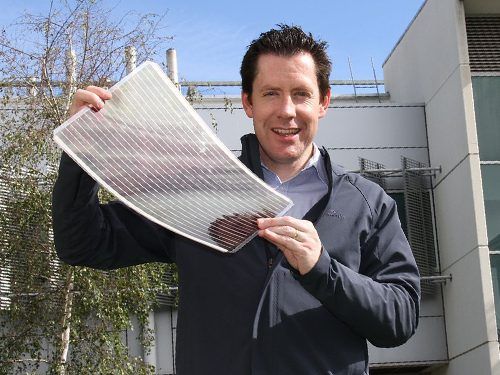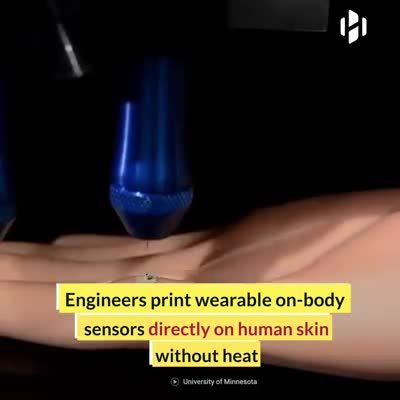Dec 1, 2020
Exponential Wisdom Episode 94: When the Hospital Comes To You
Posted by John Davies in categories: biotech/medical, wearables
Peter and Dan discuss transformations in healthcare as a result of the pandemic and consequent stay-at-home orders. Peter envisions a future wherein people don’t go to the hospital when they get sick, but instead have a hospital at their fingertips thanks to sensors, wearables, and an abundance of personalized medical data.
To hear past episodes: http://podcast.diamandis.com or Subscribe on Apple Podcasts: https://podcasts.apple.com/us/podcast/exponential-wisdom/id1001794471
Subscribe on Spotify: https://open.spotify.com/show/4kndtSutHbCBQNaDmdV1fU


